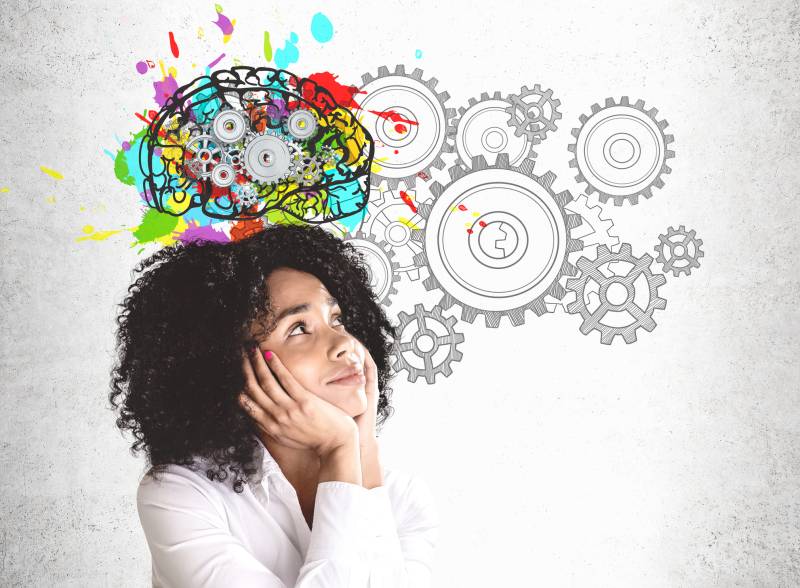Having a purpose comes with benefits, according to Heather Malin, a consultant and former director of research at the Stanford Center on Adolescence. When students identify a greater purpose in what they learn at school, their academic performance, persistence and social belonging rise, Malin said during a talk at the recent Learning and The Brain: Teaching Engaged Brains conference. The most purposeful people have many intentions, she said. “They seem to get boundless energy from having a lot of meaningful intentions for their lives.”
So how can schools tap into the power of purpose? Malin pointed to her purpose learning framework, a four-part set of recommendations for educators, distilled from her work at Stanford, as well as the work of the Open Future Institute’s QUESTion Project and other research rooted in purpose learning. According to Malin, purpose learning helps students explore and connect with their deeper whys. This approach provides “space at school for students to discover who they are, what they want in life, and how they want to be in the world,” she said. In some of her research that is not yet published, alumni of purpose learning programs have reported improved relationships with teachers and peers.
Malin identified three dimensions of purpose that teachers can help students explore:
- Generalized and meaningful intention – This involves the student’s understanding of who they want to be in the world and informs how they set goals.
- Beyond-the-self motivation – Engaging students in issues outside their own lived experiences and helping them find ways to contribute empowers them with the skills and mindset to live a purposeful life.
- Goal-directed action – Because future planning is challenging for teens, they need support in learning to set and work toward goals.
Teen brains are neurologically wired to seek excitement and new stimuli. “If we can align school learning activity to that exploratory process, we have a powerful way to motivate teens,” Malin said. Focusing on purpose can do that. “It engages that novelty seeking, risk taking, identity forming and social engagement that are so rewarding for adolescent brains.”
Step 1: Self-exploration
The first step in the purpose learning framework is inviting students to self-discovery with questions such as:
- Are there any societal or cultural influences that have shaped your values?
- How well do you think your family of origins values align with your personal values?
Self-exploration discussions allow students to foster deeper connections with their peers and teachers that can allow for deeper learning. “[The students] didn’t realize they had so many shared experiences, challenges, hopes and worries,” she said regarding student feedback she and her team received during research.
Step 2: Look outward
Prompting students to look outward, the second step of the framework, can help them to define their own sense of purpose. “Self-awareness is important, but it’s meaningless if we have no idea how to connect our inner self to the world beyond ourselves,” said Malin. This process often includes exercises in social awareness and social responsibility, such as interviewing a member of the community.
Step 3: Future planning
The third step of the purpose learning framework is engaging students in forward thinking and future planning. “The mechanics of looking forward, looking to the future with a goal setting and planning approach can be much more challenging for adolescents,” so it’s important that teachers scaffold these forward looking steps for students, said Malin.
Step 4: Action
When it comes to taking action, the fourth step of Malin’s framework, educators can encourage students to do meaningful work outside the classroom and in their community. Adolescents often feel discouraged from real-world change making because of their youth, Malin said. “Teens need real opportunities to do things in the world,” and “they need opportunities to reflect on how their actions impact others,” she said. According to Malin, action and well-being are associated with more engaged students, but, “our school system is largely set up to inhibit this kind of real world learning.”


